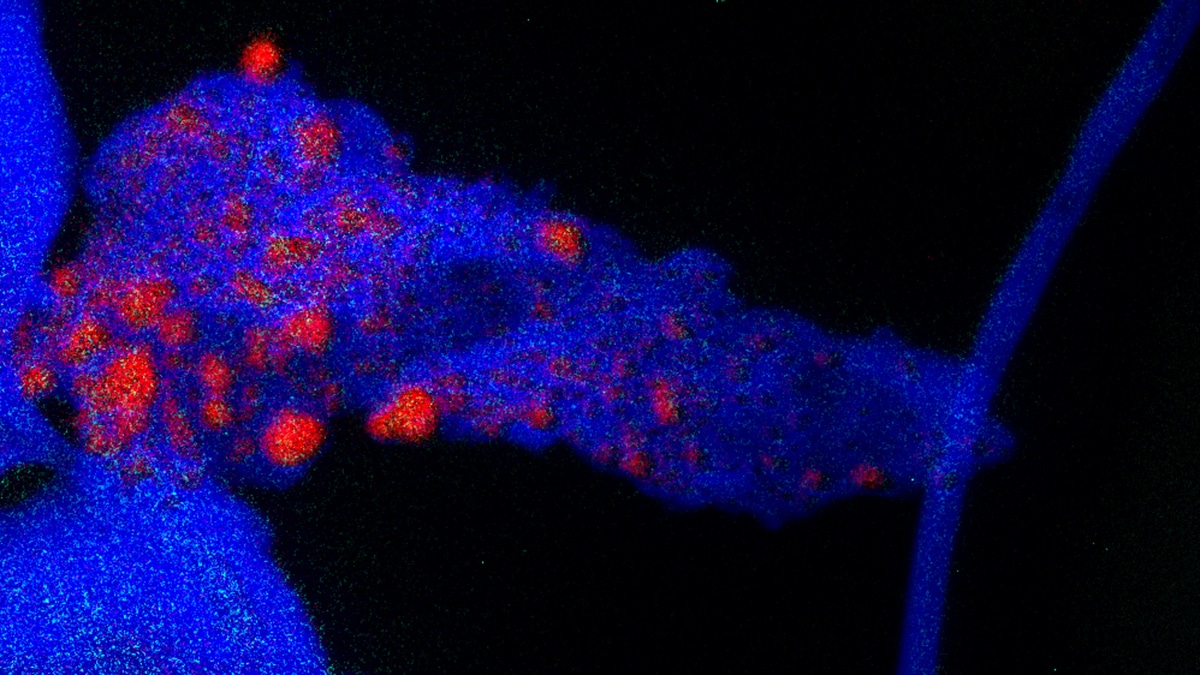Key points
- Leads federal research on occupational safety and health in advanced manufacturing and materials, including nanomaterial manufacturing.
- Focuses on increasing understanding of hazards and health risk while working with advanced materials.
- Provides guidance and recommendations to reduce and prevent worker exposures to advanced material hazards.

Overview
The Nanotechnology Research Center conducts research and provides guidance on the occupational safety and health implications and applications of advanced materials and nanotechnology.
NIOSH conducts nanotechnology research and develops methods to control or eliminate exposures to nanoparticles. Nanoparticles are extremely small particles (between 1 and 100 nanometers) designed to have certain new or unique characteristics, like strength, elasticity, or reactivity. These new properties make advanced materials and products possible.
More information on nanotechnology and worker safety and health can be found on the NIOSH Nanotechnology topic page.
Program priorities
The Center's research Plan for 2018-2025 Continuing to Protect the Nanotechnology Workforce guides its research and partnership efforts in this area. The Center has identified three top priorities:
- Increase understanding of new hazards and related health risks to nanomaterial workers.
- Build upon initial guidance materials to further inform nanomaterial workers, employers, health professionals, regulatory agencies, and decision-makers about hazards, risks, and risk management approaches.
- Use a nanomaterial hazard banding classification scheme to group engineered nanomaterials. Findings from this research will provide the scientific basis for developing occupational exposure limits for individual nanomaterials or groups of nanomaterials.
These priorities have been integrated into the NIOSH Strategic Plan to better understand the potential respiratory health effects of exposure to nanomaterials and other advanced materials in the Construction and Manufacturing sectors. Additionally, they serve as a goal to research the potential link of nanomaterial exposure to cancer and cardiovascular disease among manufacturing workers.
What we've accomplished
- Published the document, Approaches to Safe 3D Printing: A Guide for Makerspace Users, Schools, Libraries and Small Businesses.
- Developed NIOSH guidance for workplace sampling for three engineered nanomaterials: carbon nanotubes and nanofibers, silver, and titanium dioxide.
- Published a study identifying effective control technologies in additive manufacturing.
- Published a study on contaminant releases from filament production using waste plastics through a type of 3-D printing. The results can be used for future assessments of FFF 3-D printing in distributed recycling and circular economy potential.
- Published the results from a survey of 45 companies in North America about their engineered nanomaterial occupational safety and health practices. More than 1/3 reported using at least one NIOSH resource to find re
What's ahead
- Finalize the document, Approaches to Developing Occupational Exposure Limits or Bands for Engineered Nanomaterials.
- Publish the first two videos in the series of an Overview of Additive Manufacturing Health and Safety.
- Study and improve low-cost engineering controls for emissions from 3D printing operations.
- Develop recommendations for low-emission feedstock for use in 3D printing operations.
